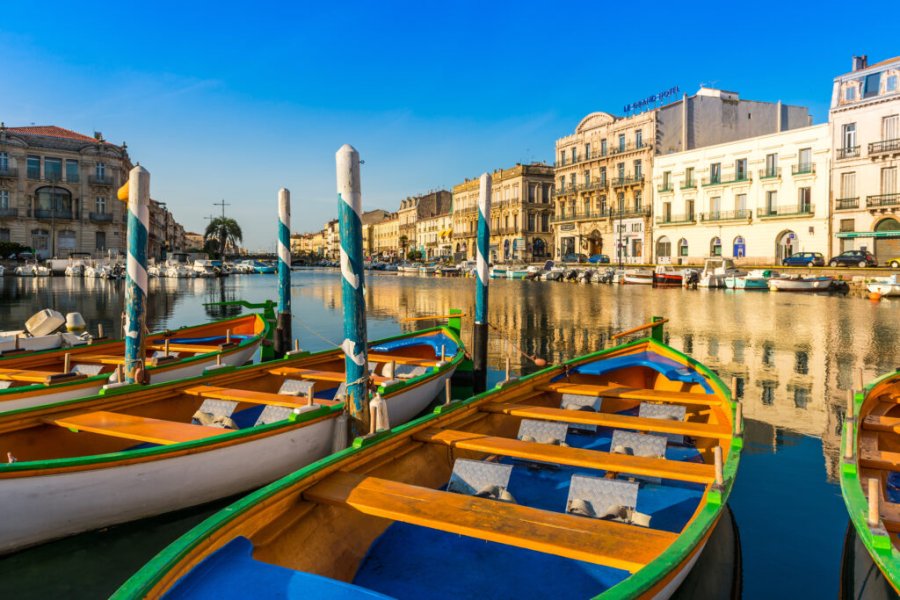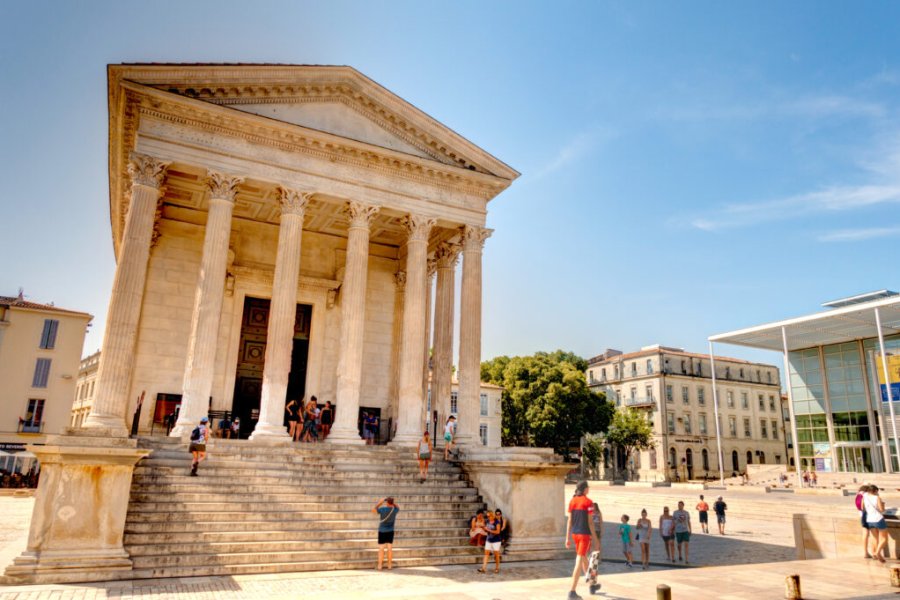Travel Guide Reșița
Find an accommodation
Advertising
The county town on the banks of the Bârzava river, with a population of some 58,000 and a long industrial tradition, has long been regarded as a steel stronghold. As far back as the Dacians, iron ore was mined in the region. It was here, in 1771, that the first blast furnaces went into operation, paving the way for the establishment of numerous metallurgical companies. Today, the difficulties faced by this industry are having a dramatic impact on the town. The center is a typical example of urban planning during the Communist period, with its large square (Piața 1 Decembrie 1918) adorned with a large fountain and surrounded by concrete blocks. If you look up at the House of Culture, at the corner of the square, you'll see behind the blocks a small church, deliberately hidden by the Communist regime. Suspended above the city, the metal transport rails are a constant reminder of the city's economic function. Historical remains are few and far between. The History Museum (Bulevardul Republicii, 10) displays archaeological and folklore collections and traces the history of the local metallurgical industry. As you can see, Reșița is of little tourist interest. But it can be a gateway to the wild beauty of the surrounding area.
What to visit Reșița?
Advertising
Suggested addresses Reșița
Weather at the moment
Advertising
Organize your trip with our partners Reșița
Transportation
Book your plane tickets
Car Rental
Boat rental
Accommodation & stays
Find a hotel
Holiday rental
Find your campsite
Tailor-made trip
Immersion travel
Services / On site
Activities & visits
Find a doctor




